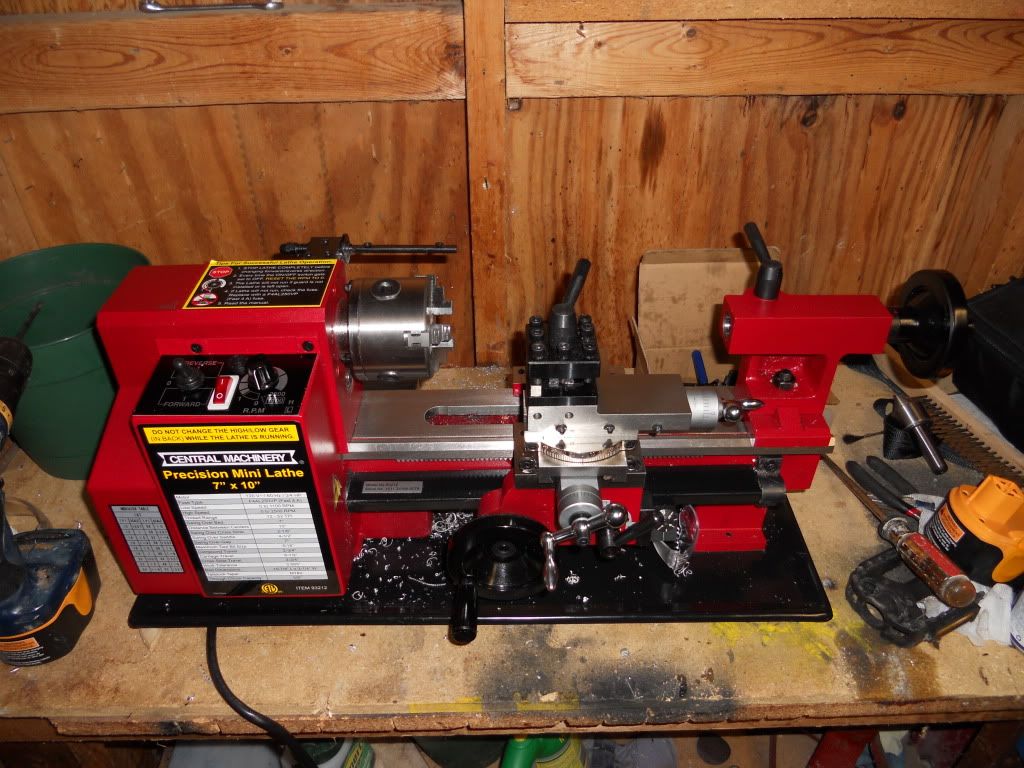3zuli
0
- Joined
- May 30, 2009
- Messages
- 810
- Points
- 28
Now that looks impressive. So what functions are integrated on this board?

Follow along with the video below to see how to install our site as a web app on your home screen.
Note: This feature may not be available in some browsers.







its coming along


